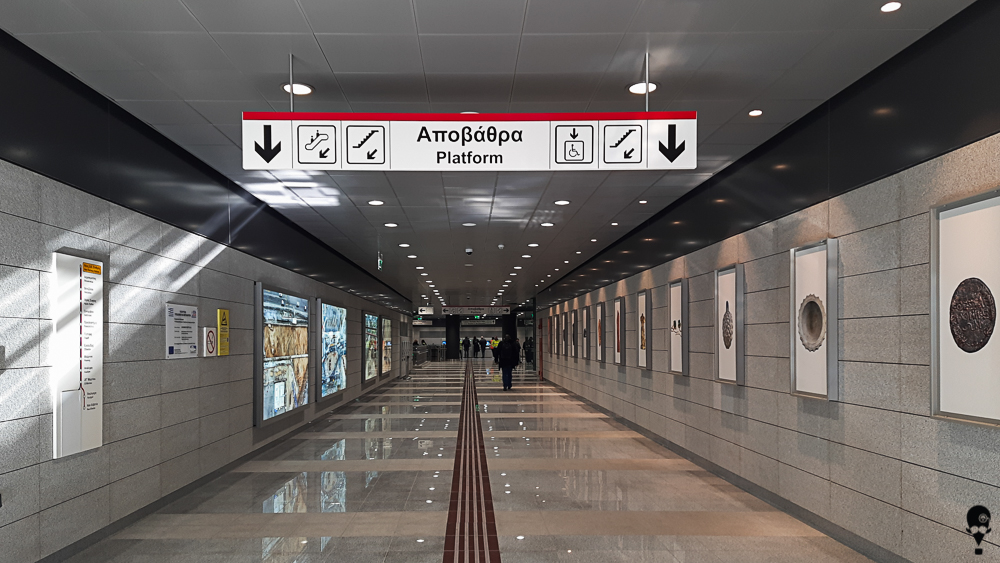New Railway Station
The New Railway Station is a building of modern architecture of the 1960s.
Location
Timeline
Modern and Contemporary era (1912 - )
1951 Its operation began but was quite limited.
1962 Inaugurated.
2006 Beginning of construction of the metro station.
2024 The metro station was inaugurated.










Share